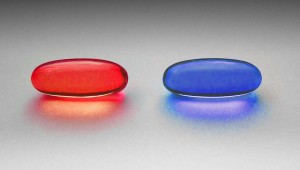Control Group: Definition, Examples and Types
Design of Experiments > Control Group
What is a Control Group?

The control group (sometimes called a comparison group) is used in an experiment as a way to ensure that your experiment actually works. It’s a way to make sure that the treatment you are giving is causing the experimental results, and not something outside the experiment.
An experiment is split into two groups: the experimental group and the control group. The experimental group is given the experimental treatment and the control group is given either a standard treatment or nothing. For example, let’s say you wanted to know if Gatorade increased athletic performance. Your experimental group would be given the Gatorade and your control group would be given regular water.
The conditions must be exactly the same for all members in the experiment. The only difference between members must be the item or thing you are conducting the experiment to look at. Let’s say you wanted to know if a new fertilizer makes plants grow taller. You must ensure that the lighting, water supply, size of container and other important factors are held constant for every member in every group. The only thing that differs in this case is the type of fertilizer given to the plants.
Types of Control Groups in Medical Experiments
Control groups can be subdivided into the following types (see: FDA):
- Placebo concurrent control: one group is given the treatment, the other a placebo (“sugar pill”).
- Dose-comparison concurrent control: two different doses are administered, a different one to each group.
- No treatment concurrent control: one group is given the treatment, the other group is given nothing.
- Active treatment concurrent control: one group is given the treatment, the other group is given an existing therapy that is known to be effective.
- Historical control: only one physical group exists experimentally (the experimental group). the control group is compiled from historical data.
Which type of control group you use depends largely on what type of patients you are administering a treatment too. In many cases, it would be unethical to withhold treatment from a control group or provide a placebo.
Next: The Placebo Effect.
References
Beyer, W. H. CRC Standard Mathematical Tables, 31st ed. Boca Raton, FL: CRC Press, pp. 536 and 571, 2002.
Agresti A. (1990) Categorical Data Analysis. John Wiley and Sons, New York.
Dodge, Y. (2008). The Concise Encyclopedia of Statistics. Springer.
Gonick, L. (1993). The Cartoon Guide to Statistics. HarperPerennial.






